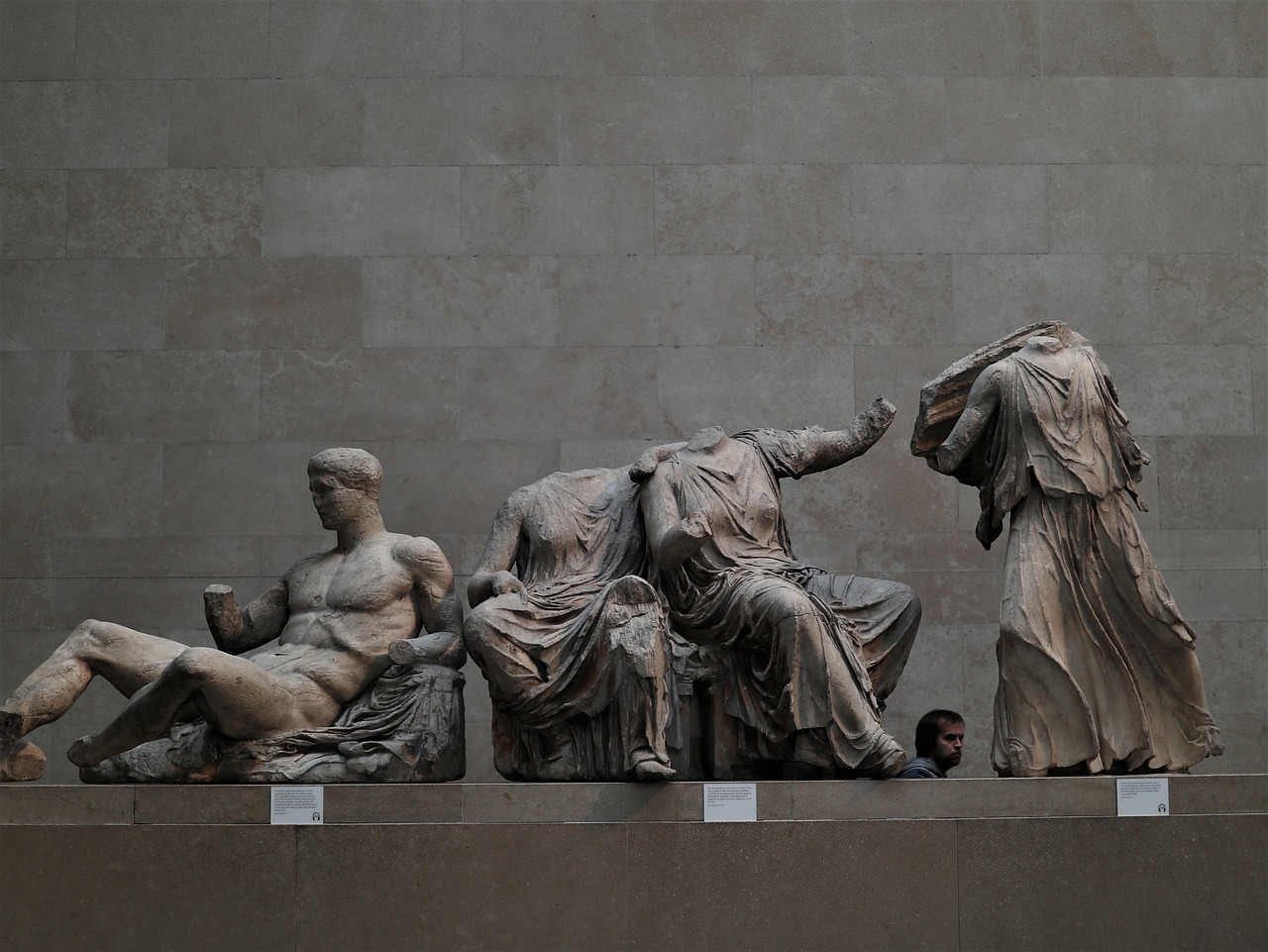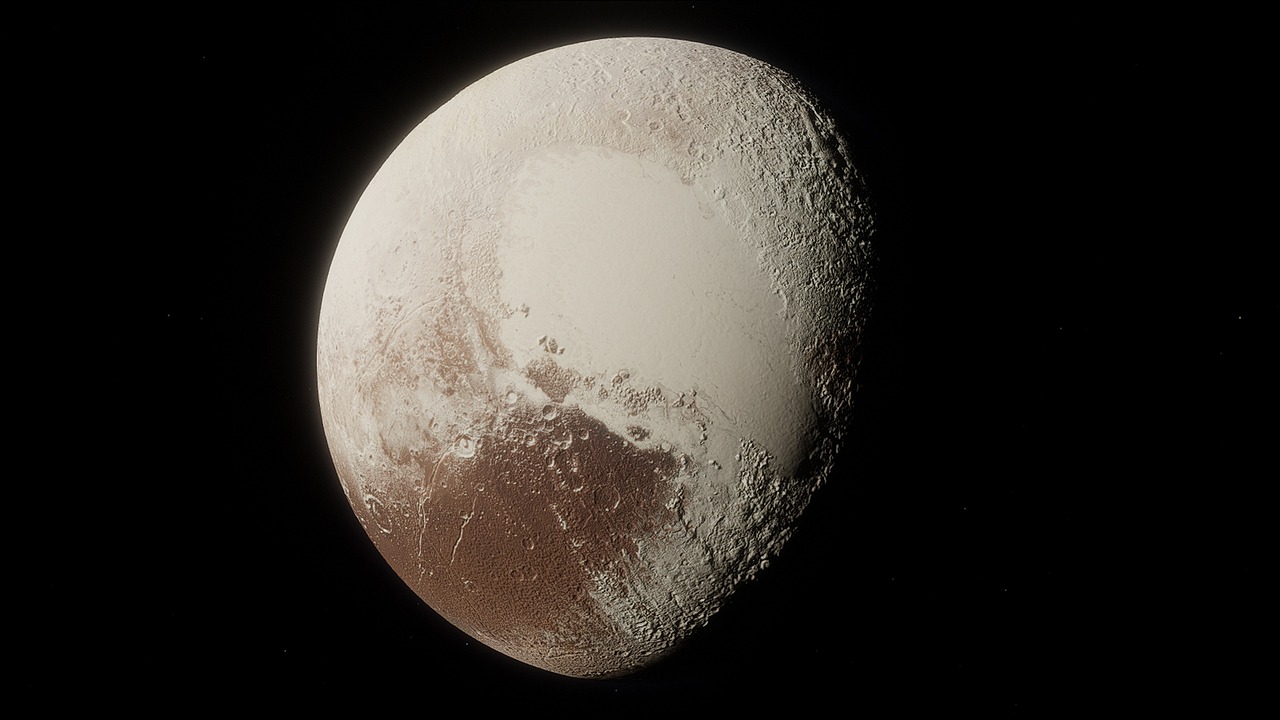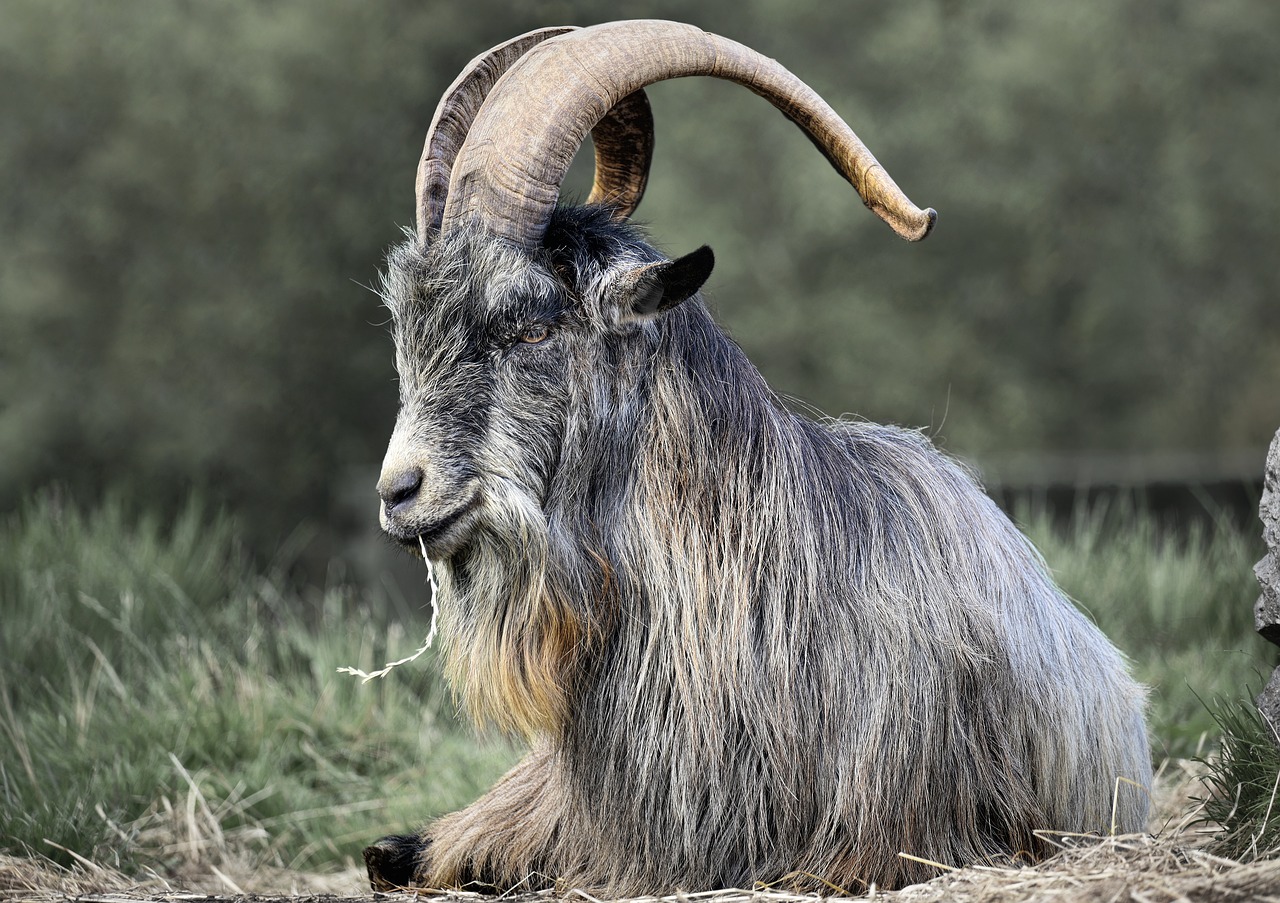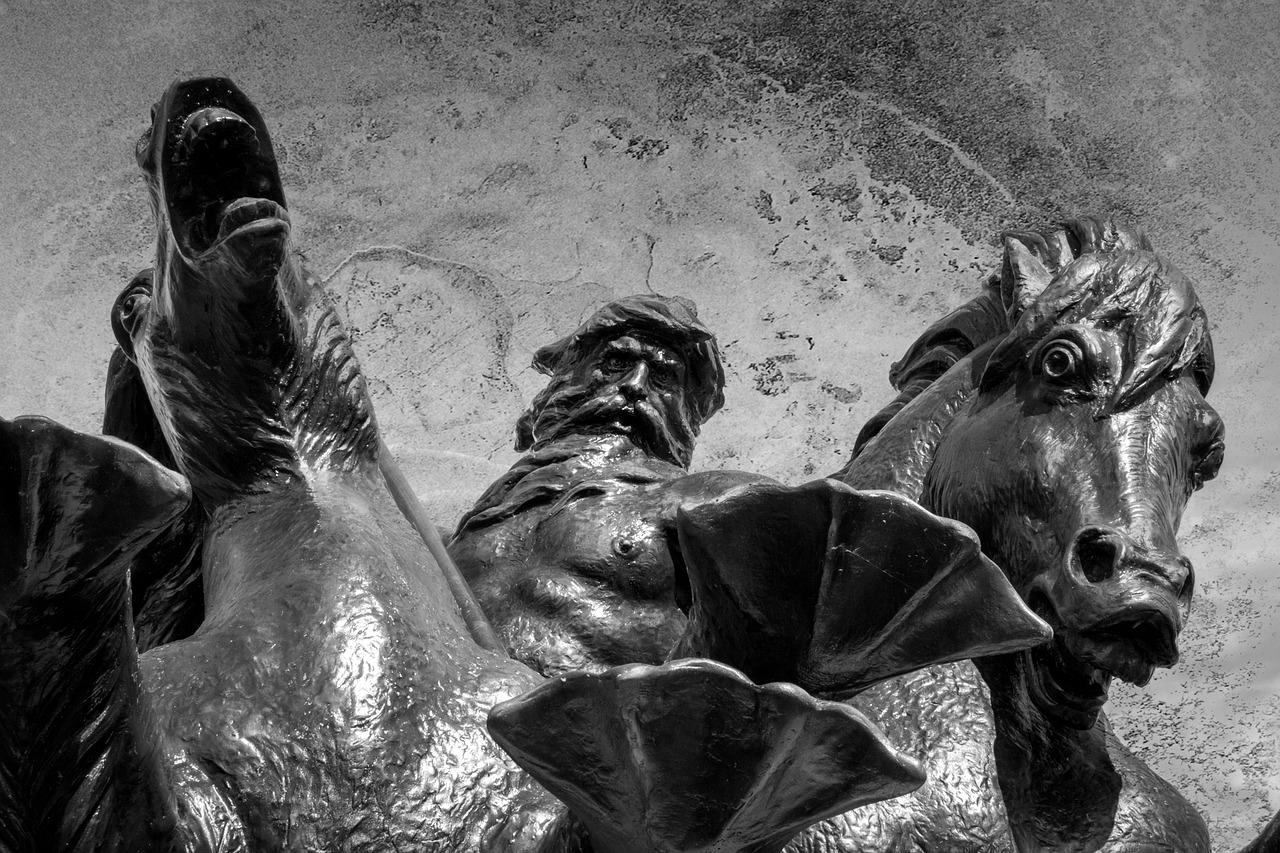Author: Sun WuKong
-
Rhea, also known as Rheia, is a significant Titan and mother goddess within Greek mythology. She is the offspring of Gaia (the Earth) and Uranus (the Sky) and is notably recognized as the mother of the esteemed deities of Mount Olympus. Rhea shares a close affiliation with the Phrygian mother goddess Cybele, and her Roman…
-
Hades: The Ruler of the Underworld In the realm of ancient Greek religion, Hades, often referred to as Aïdes, stands out as the god of the underworld. He is the offspring of the Titans Cronus and Rhea, sharing family ties with prominent deities such as Zeus, Poseidon, Demeter, Hera, and Hestia. This domain, notoriously seen…
-
This collection celebrates art featuring the Roman god of freshwater, Neptune, who is revered for his dominion over the sea and horses, paralleling the Greek deity Poseidon. The gallery illustrates a range of artistic interpretations, encompassing paintings, sculptures, and drawings. The Fountain of Neptune A remarkable piece is a bronze sculpture located at the Fountain…
-
The tale of Persephone, the cherished daughter of the goddess Demeter, who was taken by Hades and eventually became the ruler of the Underworld, is renowned globally. This myth serves as a narrative for the ancient Greeks to articulate the transformation of the seasons, showcasing nature’s perpetual cycle of demise and rejuvenation. Persephone is often…
-
In Euripides’ tragedy, “Medea”, the concept of exile is notable as both a historical reality and an omnipresent threat that influences the emotional landscape of the characters. Medea and Jason exist as exiles prior to the overt events of the play; they share a turbulent past where Medea had to abandon her homeland of Colchis…
-
Pluto, the deity associated with the Underworld in Roman mythology, is known for choosing not to dwell among the other gods on Olympus, preferring the solitude of the realm beneath the earth. His Greek equivalent, Hades, shares much in common with him. Family Background Pluto, or Hades, is the offspring of the Titans Saturn (Cronus)…
-
Nuada of the Silver-Hand: A Leader in the Myths of Ireland Nuada of the Silver-Hand stands as a prominent figure in Irish mythology, renowned as the inaugural ruler of the Tuatha dé Danann. Esteemed for his integrity and wisdom, he guided his people to prehistoric Ireland, striving to reclaim the land from the fearsome Fomorians.…
-
The Ancient Reverence for Ptah: A Creator God of Memphis Although not prominently featured in early Egyptian texts, the worship of Ptah in Memphis dates back to the late prehistoric era. Recognized as one of the key creator deities, Ptah was also the advocate for artisans and the guardian of Memphis. As Egypt transitioned through…
-
In the realm of Ancient Greek mythology, Poseidon is revered as the god overseeing the sea, storms, earthquakes, and equine creatures. Often equated with the Roman deity Neptune, Poseidon holds a significant position, being the sibling of Zeus and Hades—deities representing the sky and the underworld, respectively. Who is Poseidon? As the guardian of sailors…
-
The Victorian era, spanning from 1837 to 1901, was a transformative period characterized by an eclectic mix of architectural styles, heavily influenced by a revived fascination with earlier classical civilizations. This intrigue with antiquity led architects not just to replicate, but to creatively reinterpret ancient designs, fusing traditional motifs with the innovative techniques and artistic…









